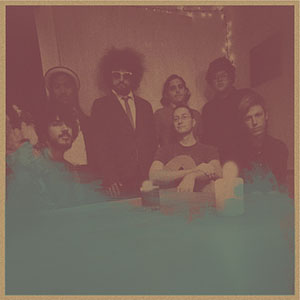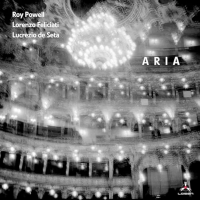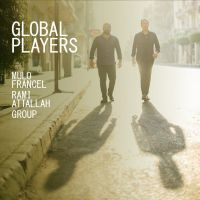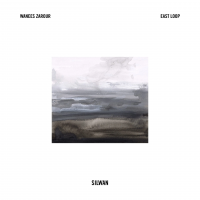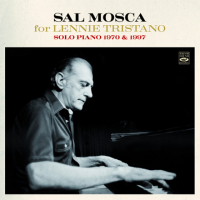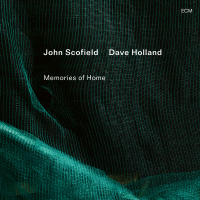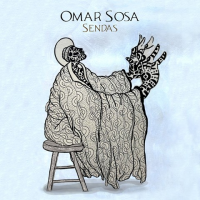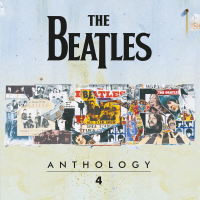Home » Jazz Articles » Album Review » Boom Box: Jazz
Boom Box: Jazz
Boom Box is the trio of saxophonist Thomas Borgmann, bassist Akira Ando and drummer Willi Kellers. All three are experienced players, each with an impressive list of past collaborators (in the case of Borgmann and Kellers, including Brötzmann) and they carry forward the exploratory spirit of those people in this music. Jazz is the trio's first album together, studio-recorded in Berlin over two days in June 2010. Of the six tracks, each member of the trio is credited with two, but Borgmann says that all of the music was played totally free over two long sessions, so the music was actually composed by all three of them.
In line with the album title, the music is unquestionably jazz. Although obviously rooted in free jazz, it is surprisingly replete with qualities that some may not associate with that description, such as swing, restraint, delicacy. There is no screaming—or booming—here. On an album where every track is peerless, the standout has to be "Albert and Frank"; its title acknowledging pioneers Albert Ayler and Frank Wright. Its opening quotes Ayler's "Ghosts," before the three take off on their own free-flowing hommage. At close to fourteen minutes—and in keeping with the album's other extended tracks—the piece demonstrates that the longer this trio plays the better it sounds. There is never any sense of running short of ideas or falling back on stock phrases; everything sounds freshly minted.
Borgmann seemingly has the ability to endlessly spin out solo lines that are melodically and rhythmically inventive, making the process sound as simple as breathing. He switches between tenor, soprano and sopranino with ease, using them in a painterly fashion for their different tonal qualities, as required; on the closer, "Only for Dörte," he even briefly uses two harmonica chords to good effect. His rhythmic sense helps give the trio its swing; it always feels as if all three players are creating it equally, without any sense of them being soloist plus rhythm section.
It is fitting that three track titles refer to birds and flight (and the cover graphic is of birds in flight); throughout, the music has the unfettered playfulness of birdsong and the gravity-defying lightness of gliding. All three players contribute equally to that; for much of the album they play simultaneously, displaying an easy-going compatibility, fitting together like the pieces of a jigsaw.
Jazz is the best surprise of the year so far, and a favorite that's sure to be one of the best albums of 2011.
Track Listing
Little Birds May Fly; How Far Can You Fly?; Hey Little Bird; And To Where?; Albert & Frank; Only for Dörte.
Personnel
Thomas Borgmann
woodwindsThomas Borgmann: tenor, soprano amd sopranino saxophones, harmonica; Akira Ando: double-bass; Willi Kellers: drums.
Album information
Title: Jazz | Year Released: 2011 | Record Label: Jazzwerkstatt Berlin-brandenburg E.v.
Tags
PREVIOUS / NEXT
Support All About Jazz
 All About Jazz has been a pillar of jazz since 1995, championing it as an art form and, more importantly, supporting the musicians who make it. Our enduring commitment has made "AAJ" one of the most culturally important websites of its kind, read by hundreds of thousands of fans, musicians and industry figures every month.
All About Jazz has been a pillar of jazz since 1995, championing it as an art form and, more importantly, supporting the musicians who make it. Our enduring commitment has made "AAJ" one of the most culturally important websites of its kind, read by hundreds of thousands of fans, musicians and industry figures every month.




